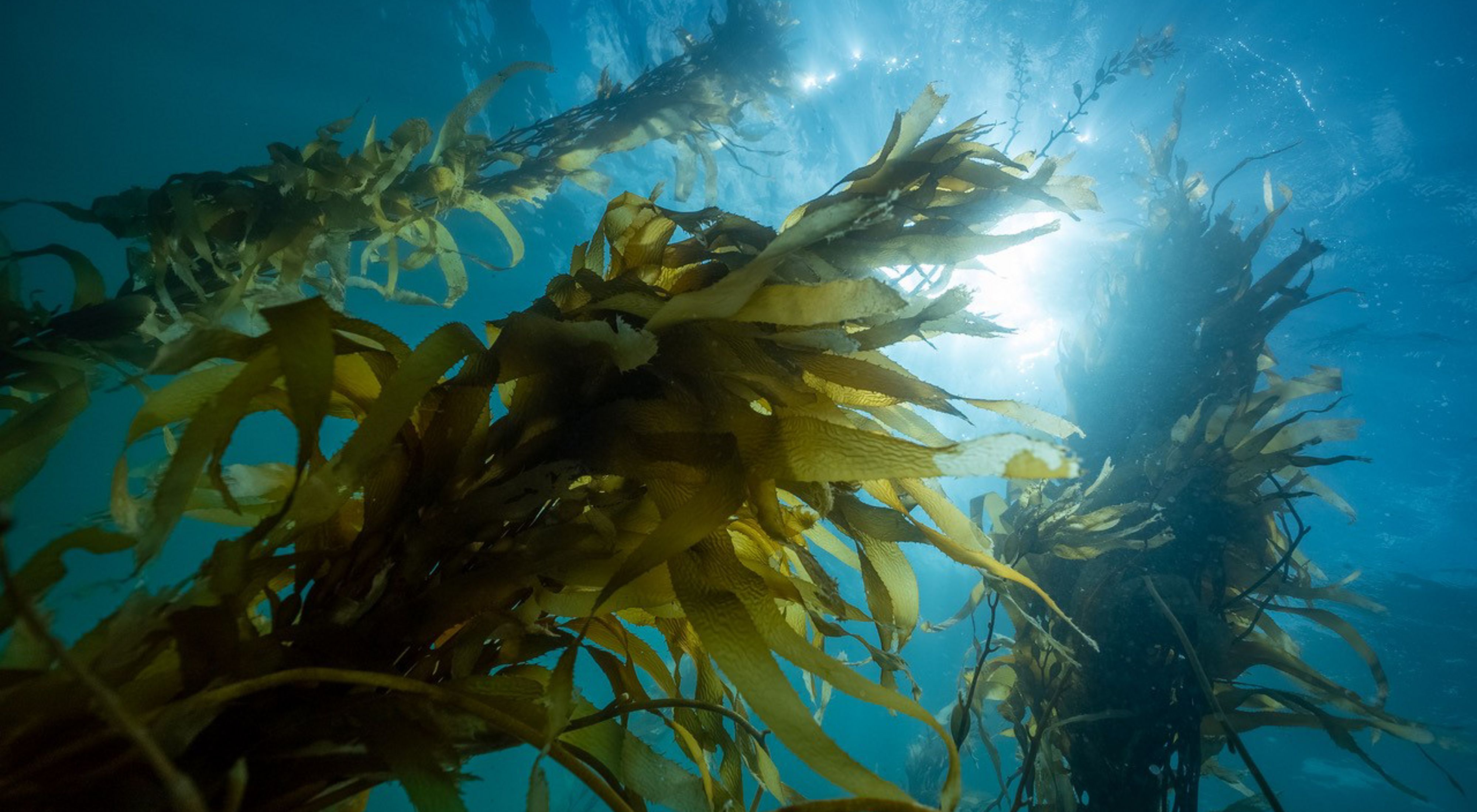Media Contacts
-
Vanessa Billy
Communications Manager
The Nature Conservancy Australia
Phone: 0478 638 180
Email: vanessa.billy@tnc.org
The Nature Conservancy Australia (TNC) is excited to announce a new collaborative project that will bring together the knowledge, experience and capacity of a wide range of partners and stakeholders to help expand Giant Kelp (Macrocystis pyrifera) restoration efforts in Tasmania.
This partnership is between TNC, the Institute for Marine and Antarctic Studies (IMAS) at the University of Tasmania (UTAS), Natural Resource Management South (NRM South), and the CSIRO, Australia’s national science agency.
“The Giant Kelp Restoration Project is the first of its kind in Tasmania, where partners have teamed up to support Giant Kelp forest restoration, with the vast amount of knowledge gained over time being leveraged to help recover Giant Kelp forests at ecologically meaningful scales,” Paul Tompkins, TNC’s Kelp Restoration Coordinator, said.
“The project will benefit all Tasmanians and visitors by contributing to the recovery of one of the state’s most productive and iconic marine ecosystems and supporting marine biodiversity in the region,” he said.
“In recent decades, most of Tasmania’s Giant Kelp forests have disappeared, mostly due to a combination of knock-downs by increasingly frequent heatwaves, overgrazing by an explosion of sea urchins, and now competition with other warm-tolerant seaweeds, limiting the potential recovery of Giant Kelp forests,” Dr Scott Ling, Associate Professor at IMAS-UTAS said.
Dr Ling said the project will create habitat and re-establish lost ground as well as support job creation in regional coastal areas, supplementing the developing urchin fishery as a control method allowing kelp recovery.
Kelp forests can support incredible biological diversity, including marine invertebrates, fish, mammals and birds. As it grows, Giant Kelp creates complex and productive underwater forests. These forests provide a wide range of ecosystem services, from habitat for commercially valuable species like lobsters, scalefish and abalone, to improving local water quality, buffering coastlines from erosion and supporting local diving tourism.
“Giant Kelp forests are loved by Tasmanians and are an important marine habitat providing a host of ecosystem services. Through this project, the partners are collaborating to restore an endangered ecological community and return the function of kelp forests to Tasmanian coastal waterways,” Jennifer Hemer, Water Program Manager, NRM South, said.
"We’re using population genetics to select robust Giant Kelp parents for restoration projects and developing a Giant Kelp biobank to future-proof the Giant Kelp forests," Dr Anusuya Willis, research scientist at CSIRO’s Australian National Algae Culture Collection, said.
With funding from Google’s philanthropic arm, Google.org, the James N Kirby Foundation and the J and M Wright Foundation, the Giant Kelp forest restoration project will be rolled out in several phases. The first will include site selection for restoration, growth of juvenile kelps in local hatcheries, and testing site suitability by out-planting these juvenile kelps at a number of sites along the east coast of Tasmania.
As the project progresses, the restored kelp forests will be monitored and the lessons learned shared nationally and globally to help inform restoration efforts in other locations where Giant Kelp has been lost, including the coasts of Victoria and South Australia.
The Nature Conservancy is a global conservation organisation dedicated to conserving the lands and waters on which all life depends. Guided by science, we focus on getting things done efficiently and with the greatest positive impact for conservation. We’re a trusted organisation working in more than 70 countries and territories around the world on innovative solutions to our world’s toughest challenges so that nature and people can thrive together. To learn more about The Nature Conservancy in Australia, follow us on Facebook.
